From issue 175 of Kindred Spirit (May/June, 2021), Susie Kearley details some of Britain's most sacred walks
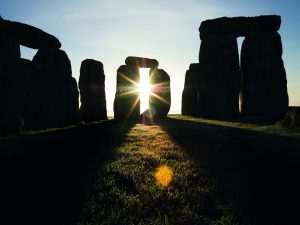
Sunrise at Stonehenge (Credit: English Heritage)
There's something uplifting about walking along Britain's sacred routes and spiritual pathways. Spending time in the countryside can make us more mindful, immersed in the moment and absorbing glorious views of ancient landscapes. Energy lines (also known as leys) were first discovered by amateur archaeologist Alfred Watkins in 1921 and lead us along timeless routes used by our ancestors over thousands of years. These places were special to our ancestors and where leys intersect, monuments and stone circles are often found.
You can read all about these ancient walking routes in issue 175 of
Kindred Spirit, on sale from 29 April, and click through our handy directory of featured walks here.
Wiltshire

Part of Avebury Henge, the largest prehistoric stone circle in Europe (Credit: National Trust Images/David Noton)
Durrington Walls Stonehenge Landscape walk
Great Stones Way
Warwickshire
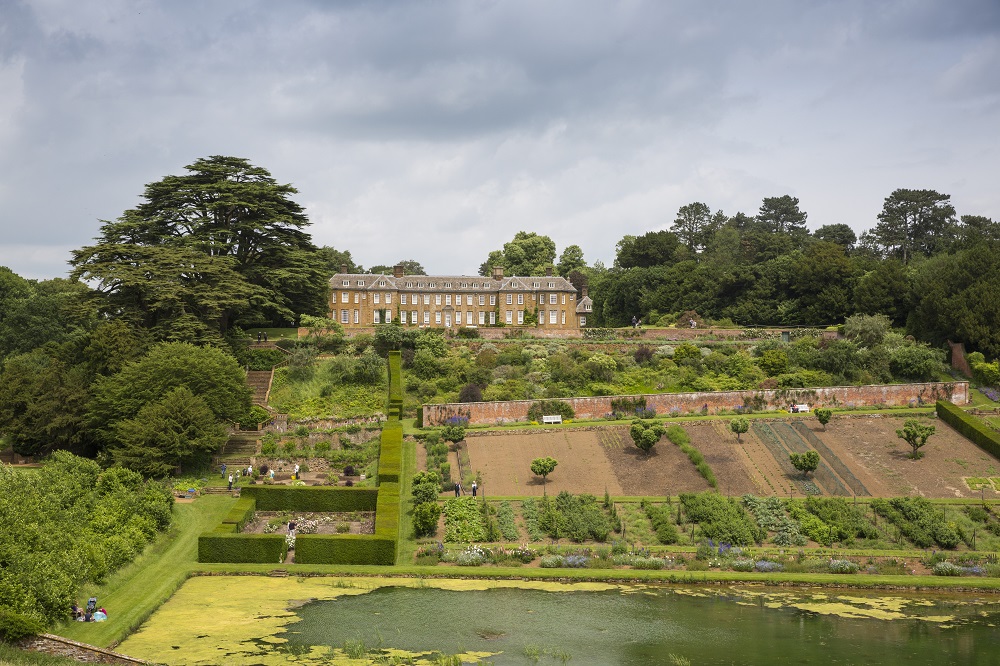
Upton House and Gardens (Credit: Chris Lacey National Trust Images)
Upton House and Gardens Ley Line Walk
Glastonbury
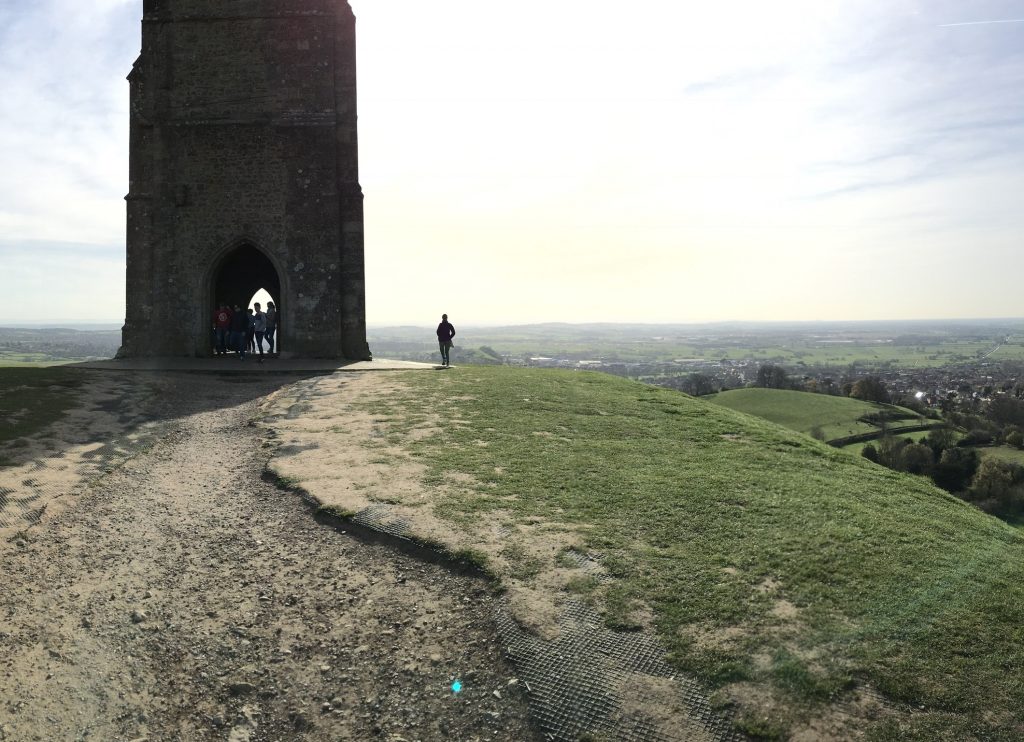
The view from Glastonbury Tor
Glastonbury Tor Walk
Oxfordshire
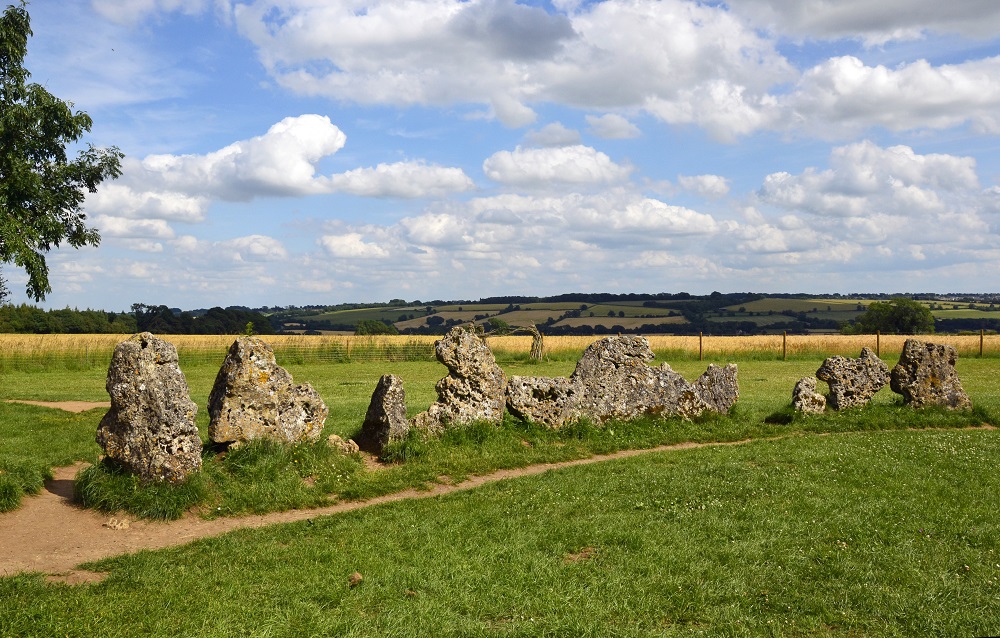
The Rollright Stones
Chippy Rollright Walk
Dartmoor
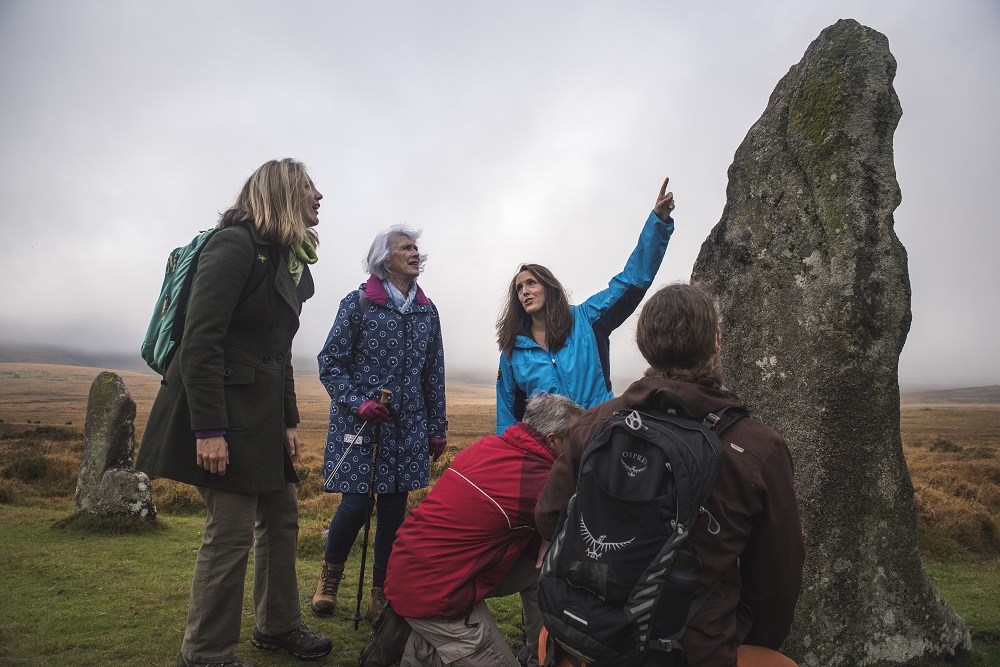
Foraging and dowsing in ancient Dartmoor (Credit: Visit Britain Images)
Yes Tor and High Willhays
Michael Line
Yorkshire
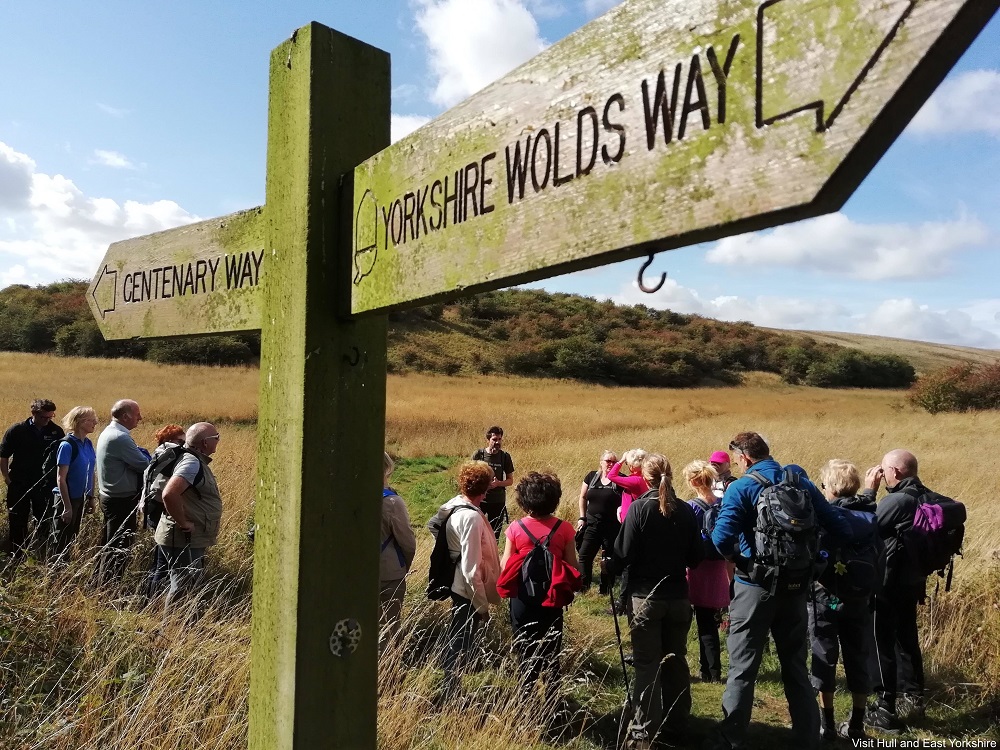
Group of walkers exploring the Yorkshire Wolds and East Riding countryside (Credit: Visit Britain Images)
Rudston Walks
Anglesey
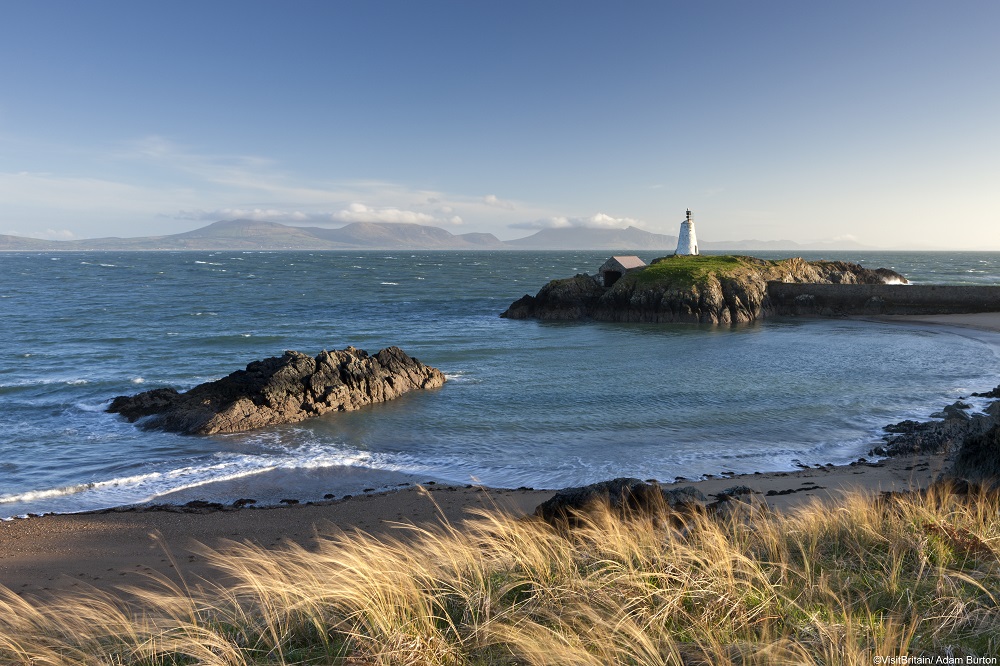
Llanddwyn Island on the coast of Anglesey (Credit: Visit Britain)
Isle of Anglesey Coastal Path
Derbyshire
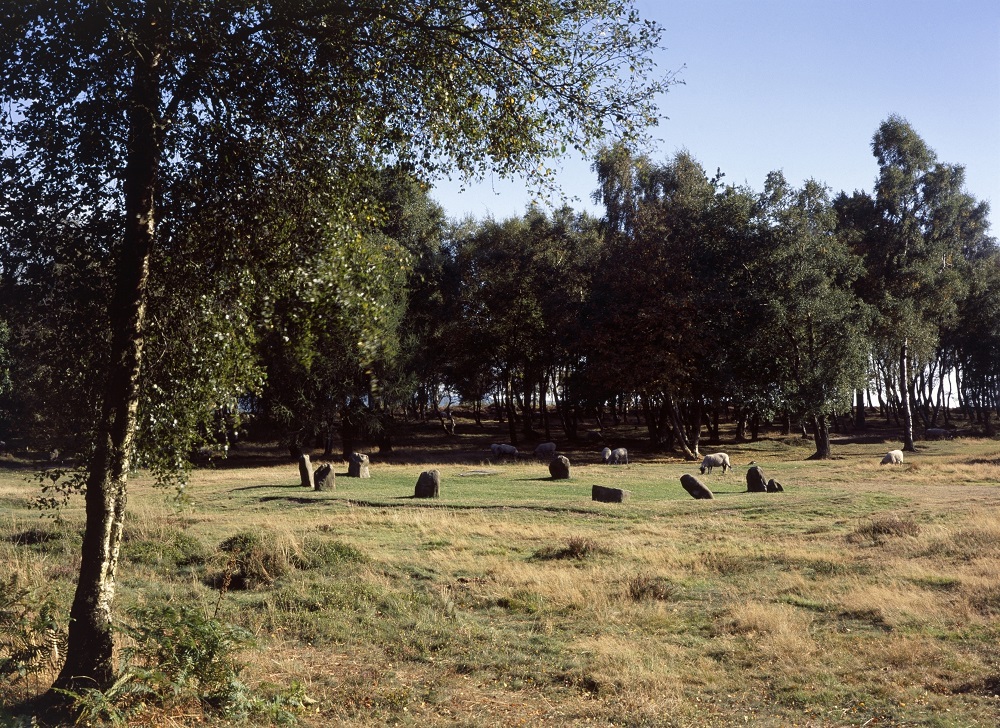 Nine Ladies Stone Circle (Credit: Historic England)
Nine Ladies Stone Circle (Credit: Historic England)
The Nine Ladies Stone Circle Walk
Stanton Moor and The Nine Ladies Stones from Winster
Scotland
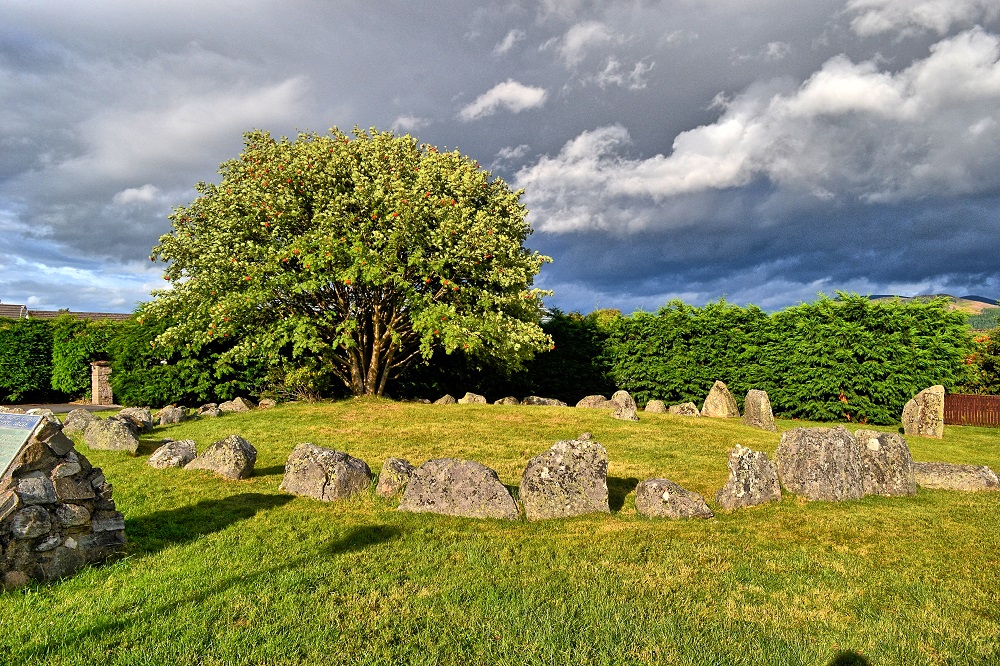
Aviemore Ring Cairn and Stone Circle
Cairngorms
 Find out more:
Find out more:
Susie Kearley's full feature is published in Kindred Spirit issue 175 (May/June, 2021) available from 29 April, 2021. Click here to subscribe and have each new issue of Kindred Spirit delivered directly to your door. Alternatively, you can purchase individual magazines directly from our website.








 Nine Ladies Stone Circle (Credit: Historic England)
Nine Ladies Stone Circle (Credit: Historic England)
 Find out more:
Find out more:


